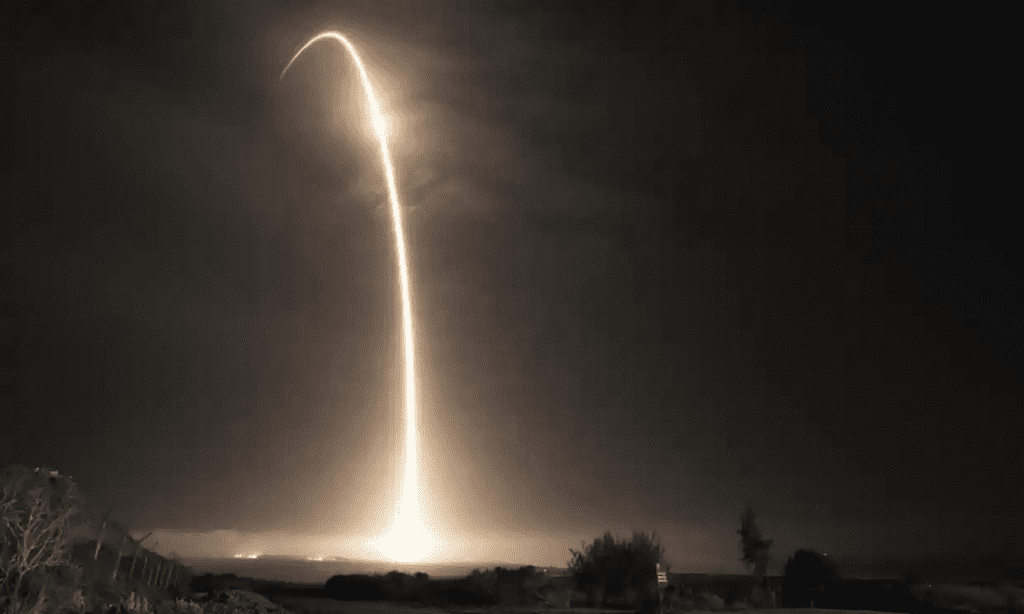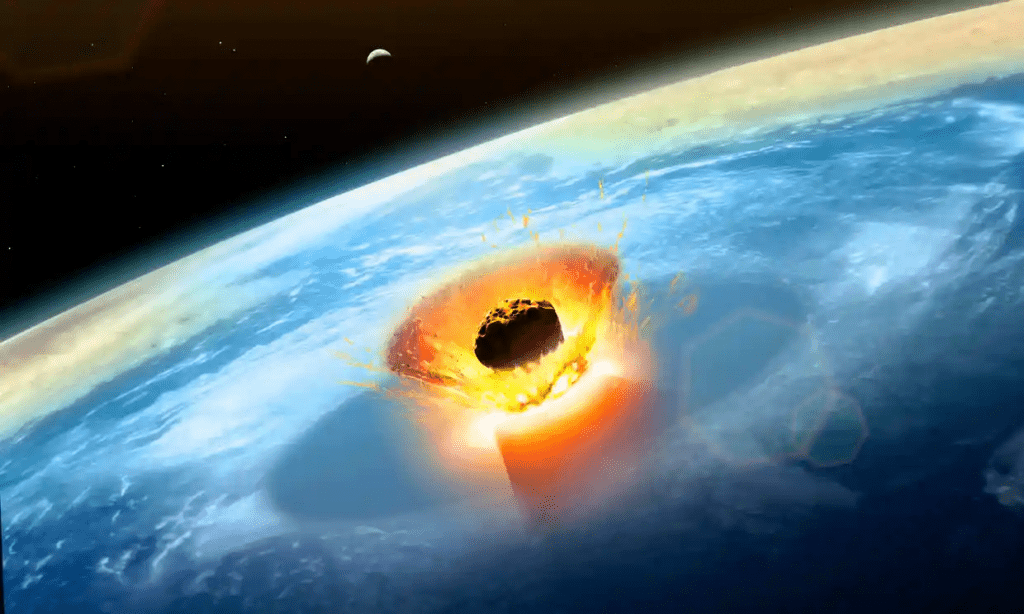DART, NASA’s Double Asteroid Redirection Test mission, is due to a crash with Dimorphos, a minor asteroid on the moon of Didymos, a bigger space rock.
The $330 million spacecraft is scheduled to collide with an asteroid around 11 million kilometres over the Indian Ocean just after midnight on Monday. The collision will annihilate the half-tonne probe at roughly seven kilometres per second, all in the name of planetary defence.
Dimorphos does not represent a threat to humanity. The Dart experiment, or double asteroid redirection test, is the first expedition to determine if asteroids can be diverted if discovered on a collision path with Earth.

Scientists think that by continually watching the skies, they will be able to detect if an asteroid represents a substantial threat.
“If we are able to see far enough in advance and know that an asteroid might be a problem, pushing it out of the way will be much safer than the big Hollywood idea of blowing it up,” said Catriona McDonald, a PhD student at Warwick University.
On Monday night, mission controllers will give up control of Dart’s software and allow the probe to self-destruct. The collision will be captured by Dart’s camera and two others onboard a small Italian probe dubbed LiciaCube, which Dart deployed last week to see the show from a safe distance.

Astronomers will observe the asteroids before and after Dart collides using ground-based equipment. Among these is a new telescope at the Turkana Basin Institute in northern Kenya, which seeks to catch the moment of impact and the dust cloud Dart causes. The amount of debris released depends on the impact’s intensity, the type of rock Dimorphos is formed, and if the material is loosely packed.
“The primary mission is a test of planetary defence, but at the same time, we can learn a lot about the asteroid,” said Snodgrass.
Scientists will determine how much the collision in the aftermath has delayed Dimorphos. To do so, they will keep an eye on the brightness of the giant asteroid, Didymos, which dims somewhat every time Dimorphos passes in front of it to complete a lap. Dimorphos now orbits Didymos in around 12 hours, and it is predicted to take a few minutes longer if Dart strikes.
Given cutting-edge computer simulations and prior scientific evidence, do scientists need to collide a spaceship with an asteroid to discover what happens?

Well, Prof Alan Fitzsimmons, an astronomer and member of the Nasa Dart investigation team at Queen’s University Belfast, agrees.
“We know what asteroids are made of, but we often don’t know how they are put together, and we don’t know how much Dimorphos will move when it’s hit,” he said. “You don’t want to wait until one is coming towards you to see if this approach works.”


